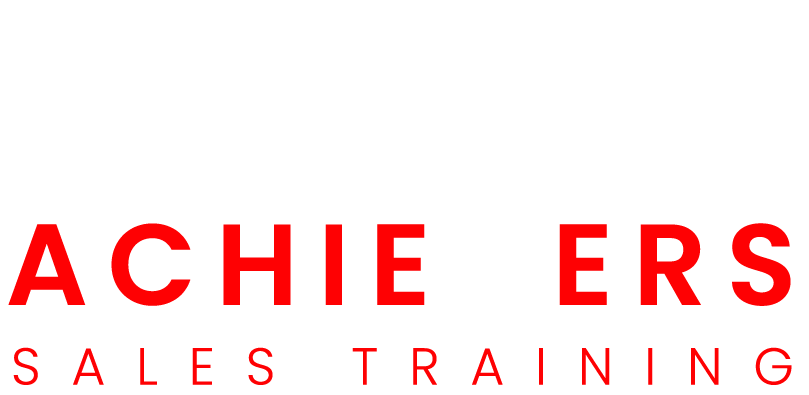Grow Sales in a Slow Economy
Growing sales in a slow economy can be challenging but not impossible. Here are some strategies to help increase sales during economic downturns:
1. Understand Your Customers
- Customer Needs and Pain Points: Conduct market research to understand the changing needs and pain points of your customers. Adapt your offerings to address these needs.
- Segmentation: Segment your customers to provide more personalized and targeted solutions.
2. Enhance Value Proposition
- Quality Over Quantity: Focus on quality and the unique value your product or service offers.
- Value-Added Services: Offer additional services or products that enhance the main product, like free consultations, extended warranties, or bundled offers.
3. Optimize Pricing Strategy
- Flexible Pricing: Introduce flexible pricing models such as discounts, payment plans, or subscriptions to make your products more affordable.
- Promotions and Discounts: Implement strategic promotions and discounts to attract price-sensitive customers.
4. Improve Customer Experience
- Customer Service: Invest in excellent customer service to build loyalty and repeat business.
- User Experience: Ensure your purchasing process is smooth and user-friendly, whether online or in-store.
5. Leverage Digital Marketing
- SEO and Content Marketing: Improve your online presence through SEO and content marketing to attract organic traffic.
- Social Media Marketing: Use social media platforms to engage with your audience and promote your products.
- Email Marketing: Implement targeted email campaigns to keep your customers informed and engaged.
6. Diversify Sales Channels
- Online Sales: Strengthen your e-commerce capabilities to reach a wider audience.
- Partnerships: Form strategic partnerships with other businesses to cross-sell and reach new customer segments.
- New Markets: Explore opportunities in new geographical markets or customer segments.
7. Innovate Product Offerings
- Product Innovation: Introduce new products or services that meet the current demands of the market.
- Customization: Offer customizable products to meet specific customer needs.
8. Invest in Marketing and Advertising
- Targeted Advertising: Use targeted advertising to reach potential customers more effectively.
- Brand Awareness: Increase efforts to build and maintain brand awareness through consistent messaging and campaigns.
9. Strengthen Customer Relationships
- Loyalty Programs: Implement loyalty programs to reward repeat customers.
- Feedback Mechanisms: Regularly seek customer feedback to improve your products and services.
10. Operational Efficiency
- Cost Management: Streamline operations to reduce costs without compromising quality.
- Supply Chain Optimization: Ensure your supply chain is efficient and adaptable to changes in demand.
11. Flexible Business Models
- Subscription Services: Consider offering subscription services for a steady revenue stream.
- Freemium Models: Provide a basic version of your product for free, with the option to upgrade to a paid version.
12. Focus on Retention
- Customer Retention Strategies: Focus on retaining existing customers through exceptional service and value.
- After-Sales Support: Provide excellent after-sales support to ensure customer satisfaction and loyalty.
13. Employee Training and Motivation
- Training Programs: Invest in training programs to ensure your staff is skilled and motivated.
- Incentives: Offer incentives to your sales team to boost their performance and morale.
Implementing these strategies requires a proactive and flexible approach. Continuously monitor market conditions and be prepared to adjust your strategies as needed to stay competitive and grow your sales in a slow economy.
